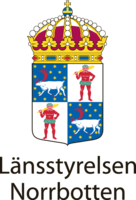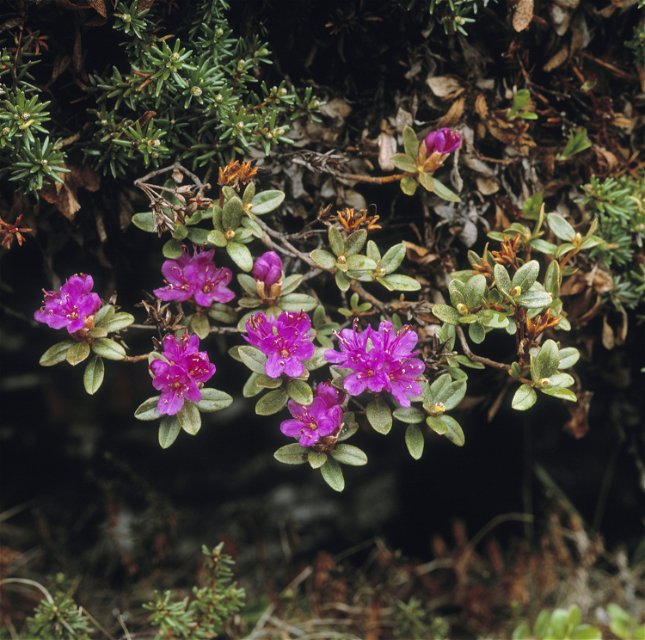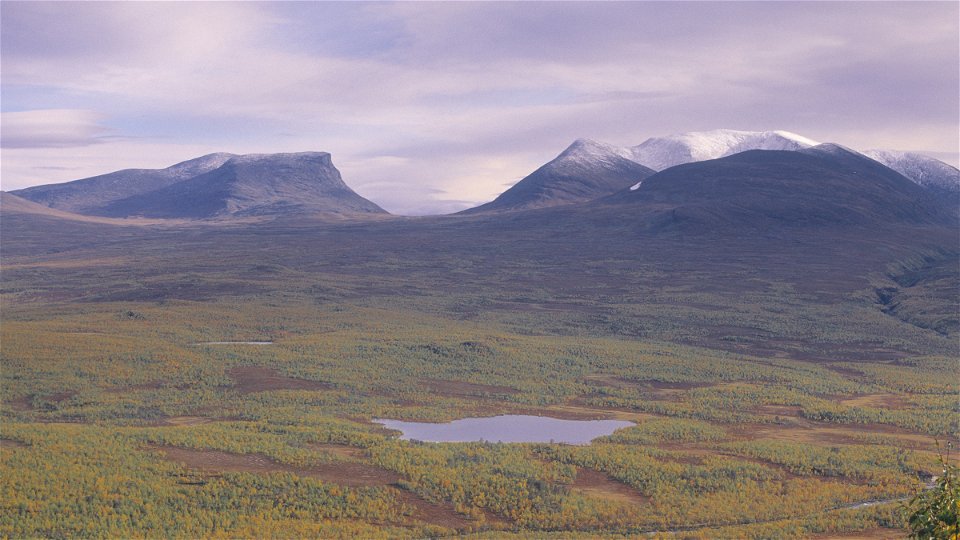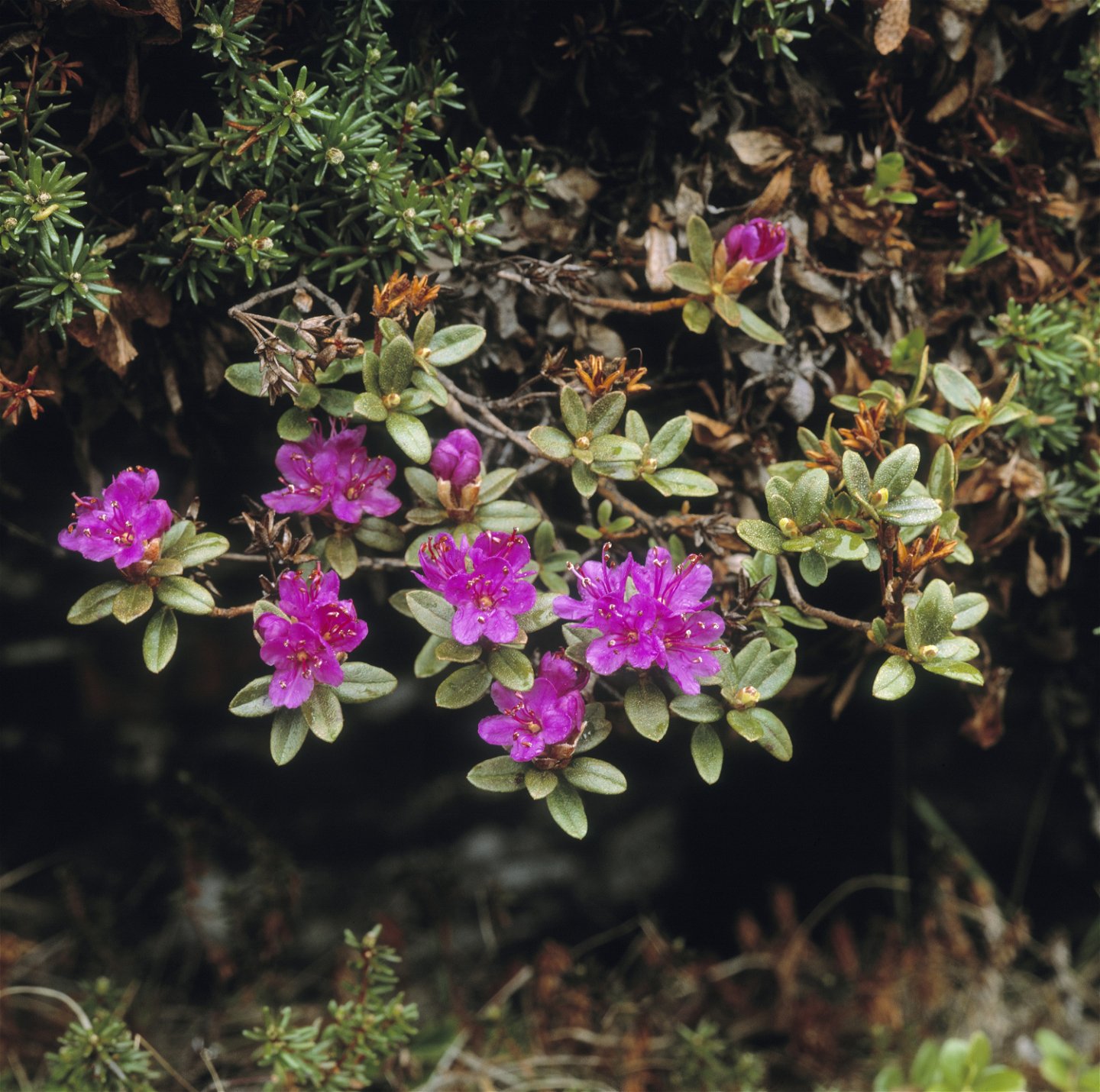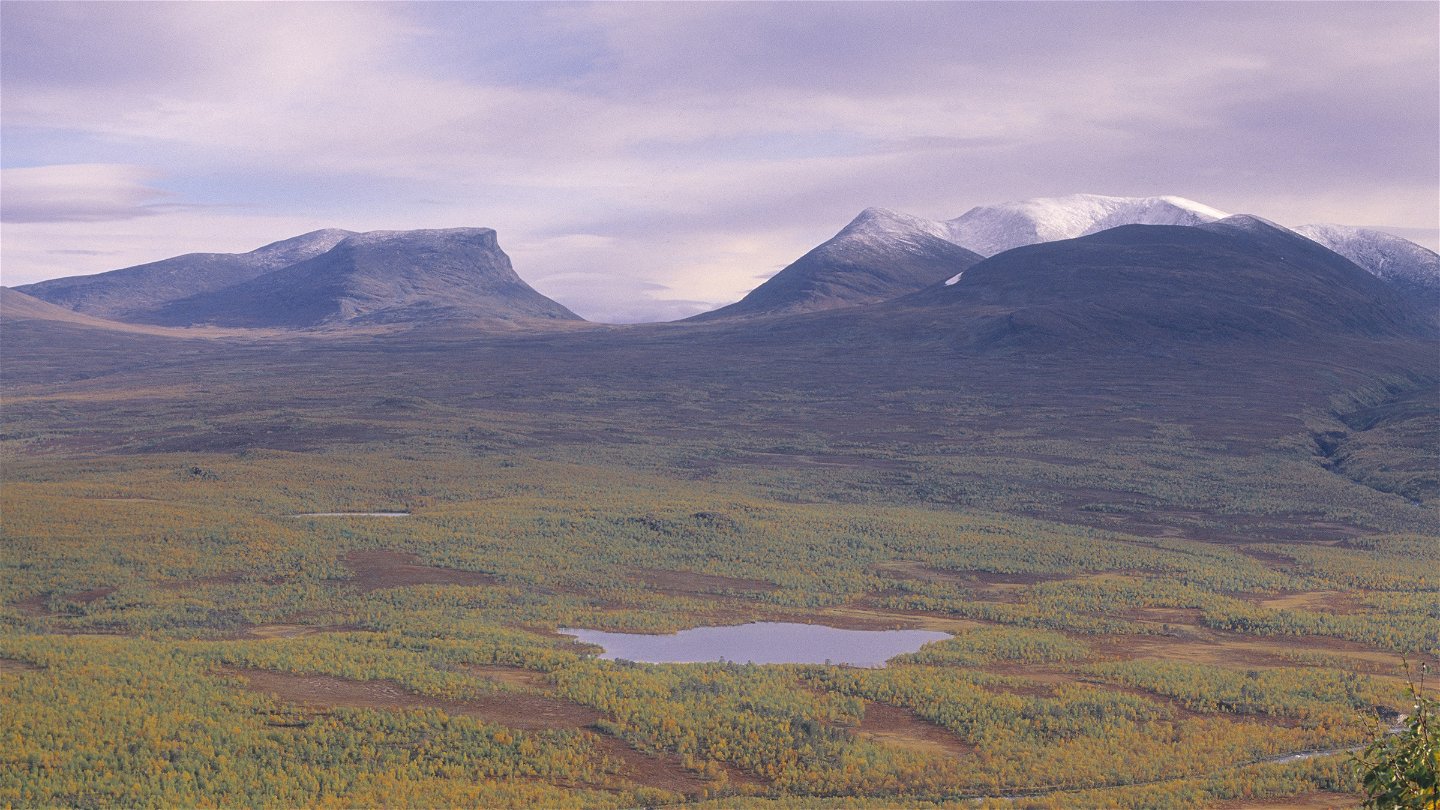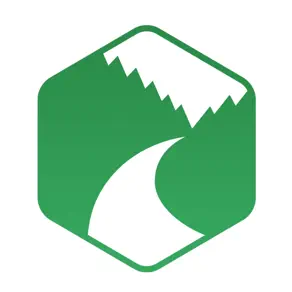National parks and nature reserves
Images
Today there are primarily two ways to protect nature in Sweden: as a national park or a nature reserve.
A National Park offers the strongest protection. This protection is given only to a small number of scenic and extremely valuable areas. Together, the national parks form an entity of nature types which are typical for and unique to Sweden. By protecting them we can preserve our common natural and cultural heritage. In Sweden, there are 30 national parks, eight of which lie in Norrbotten County. Norrbotten’s national parks are the oldest and largest in Sweden.
The land in national parks is always state-owned, as it is the Parliament, Riksdagen, that decides on designation. The Environmental Protection Agency has overall responsibility, while the county administrative boards or special foundations provide practical management.
Norrbotten’s national parks Abisko Haparanda Archipelago Pieljekaise Vadvetjåkka Muddus/Muttos Padjelanta/Bádjelannda Sarek Stora Sjöfallet/Stuor Muorkke
The four last-mentioned national parks together with two nature reserves form Laponia Area World Heritage Site, designated by UNESCO in 1996.
Before you visit a national park you must find out which regulations apply there in particular. You can find information about the regulations on the common National Park Website: and on the World Heritage Laponia website.
Norrbottens Naturkarta (Norrbotten’s Nature Map) shows descriptions of Norrbotten’s national parks and the World Heritage Site Laponia.
A nature reserve is the most common way to protect valuable nature, and represents the largest proportion of protected nature in Sweden. Nature reserves are designated to preserve and conserve our mountains, forests, watercourses, pastures and aechipelagoes with the purpose of achieving Sweden's environmental goals and sustainable development in accordance with UN Agenda 2030.
Examples of objectives in forming nature reserves: • to preserve biodiversity • to preserve and conserve valuable natural settings • to meet needs of areas for outdoor recreation
There are roughly 5,000 nature reserves in Sweden, and about 400 of them lie in Norrbotten County. The greatest area consists of nature is this in the mountains. Almost 85 per cent of the land area in the nature reserves lies in the counties of Jämtland, Västerbotten and Norrbotten.
Both county administrative boards and municipalities can form nature reserves after consultation with landowners and other stakeholders. The land can be in public or private ownership.
Every nature reserve is unique and has its own ordinances. On the County Administrative Board website you find the regulations for nature reserves in Norrbotten.
Many nature reserves have facilities for open air activities. We are continuously publishing facilities as symbols in Naturkartan. At the moment we have published facilities for these nature reserves: Laisdalen, Galtispuoda, Lamburträsket, Storforsen, Malungsberget, Gammelstadsviken, Bälingeberget, Vasikkavuoma, Serri ,Selets bruk, Rosfors bruk, Reivo, Vittjokk-Akkanålke, Tervajänkkä, Turpas, Anokangas, Likskär and Akkelis.
Links
Contact
Email address
Länsstyrelsen Norrbotten
Organization logotype
